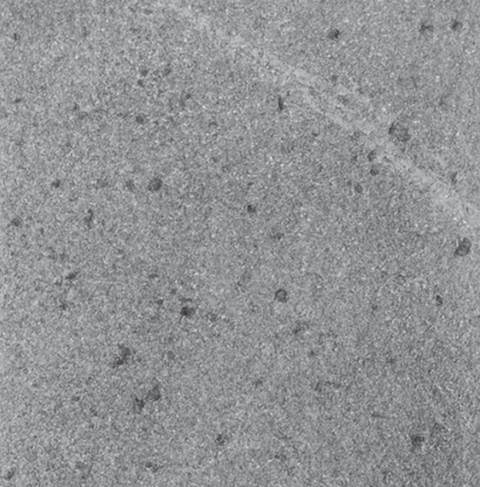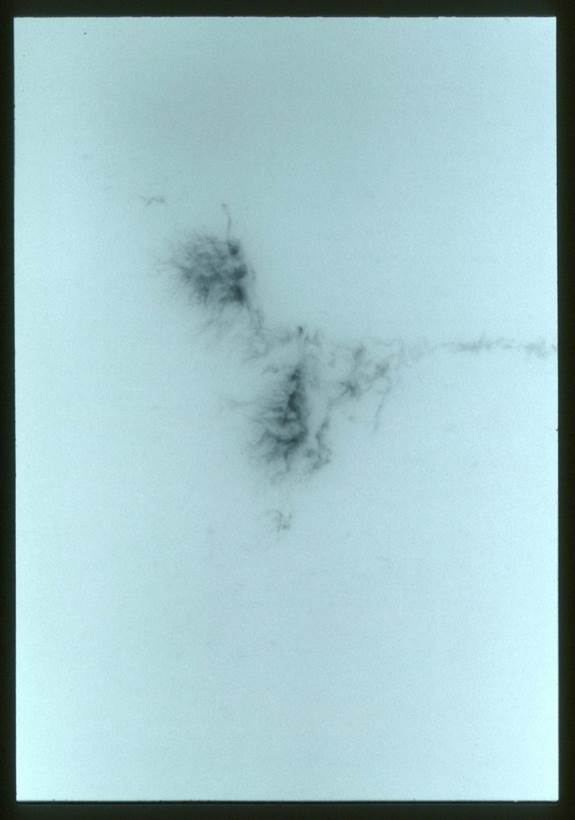Pump Casing Inspection
The pump casing inspection starts with material inspection, nondestructive testing and ends with hydrostatic testing. Depends on pump design, the casing might made from casting or forging, but the majority of the pump are made from the casting.
Let's explain the casing material inspection with an example. You are reviewing the pump approved datasheet and finding following information:
Casing Material: ASTM A743 Gr. CA 15 (12% Chromium)
Inspection Class: III
The ASTM A 743 refers to the Standard Specification for
Castings, Iron-Chromium, Iron-Chromium-Nickel, Corrosion
Resistant, for General Application.

The casing is made by casting at the manufacturer sub-supplier and transferred to the pump manufacturer for machining, etc. Assume as per project requirement you need to perform visual inspections and nondestructive testing report review at the foundry (at the location of casting company).
The casing material test report is provided to you for review. Your material is ASTM A743 Gr. CA 15, so you need to have access to the ASTM A743. The ASTM A 743 provides you with chemical composition acceptance range and also mechanical properties acceptance range.
You have to match the material test report with ASTM A743 to make sure all variables fall within acceptance range. For this grade, you have to check the carbon, manganese, silicon, phosphor, sulfur, chromuim, nickel and molybdenum contents. For mechanical properties, you have to verify the tensile strength, yield strength, elongation and reduction of area.
The A743 Gr. CA 15 requires heat treatment as following:
Heat to 1750°F [955°C] minimum, air-cool and temper at 1100°F [595°C] minimum
You need to verify the material test report and make sure above heat treatment being performed. The A743 Gr. CA 15 also requires Brinell hardness value of 241. This amount also shall be verified in the MTR.
Pump Casing Inspection for NDE Verification
After successful completion of Material Test Review, the casing shall be inspected. As indicated in the datasheet, the inspection class identified as Class III; class III refers to API 610 table 14. As per this satndard, the class III casting casing shall be subjected to the visual inspection plus MT or PT of critical areas and plus RT or UT of critical areas.

Visual Inspection - The visual inspection shall be performed based on acceptance criteria being addressed at MSS SP 55 (Visual Method for Evaluation of Surface Irregularities). The SP 55 provides some reference photographs for visual inspection.
The specification provides 5 photos for each defect type numbering from "a" to "e". The imperfection indicated on a and b are acceptable but c, d, e are rejectable. You have to carry these pages to the shop floor and compare the indications on the casting surface with the photographs and then decide about acceptability or unacceptability of the indications.
Never make a visual inspection without haveing this photographs (MSS SP 55) in your hand.
PT and MT in Pump Casing Inspection
As per API 610, inspection class III, Dye penetration test or magnetic particle test shall be performed in the critical area. The test procedure shall be based on the ASME Section V, and Acceptance criteria shall be based on ASME Section VIII Div. 1 Appendix 7 ( Mandatory Appendix 7 Examination of Steel Casting)
What is the critical area? As per Appendix 7, "the sections where imperfections are usually encountered are abrupt changes in section and at the junctions of risers, gates, or feeders to the casting."
Acceptance Criteria for PT Test
Appendix 7 directly addresses the acceptance criteria. So the PT test technician should have this appendix available for test interpretation.
Acceptance Criteria for MT Test
The Appendix 7 directly has not addressed the criteria and referred the acceptance criteria to the ASTM E125. Appendix 7 only addressed the acceptable severity levels. To make assessment and interpretation, the MT technician needs to have access to ASTM E125 and adjunct photographs.
The reference photographs are not coming with ASTM E125 and shall be purchased from ASTM separately. Bottom line, you should make sure the MT technician have access to following documents to do an accurate interpretation and subsequently to determine the test result.
- Appendix 7 of ASME Section VIII Div. 1
- ASTM E125
- Adjunct Photographs (these reference photographs are used as comparators to decide about indication acceptability or unacceptability)
Acceptance Criteria for RT test

Similarly, Appendix 7 sends you to the ASTM standard. Depends on casting thickness you might be referred to the ASTM E446, ASTM E 186 or ASTM E280. The Appendix 7, provides acceptable severity level but then you have to refer to above mentioned standard for film interpretation.
Please note these ASTM standards have adjunct reference radiographs that shall be used as comparators. The adjunct radiographs can be purchased from ASTM and are expensive.
You should make sure the technician involved in the film interpretation have access to the following standard
- Appendix 7 of ASME Section VIII Div.1
- ASTM E446 or ASTM E 186 or ASTM E280 (depend on casting thickness)
- Adjunct Reference Radiographs
When you are reviewing the radiography test report in pump casing inspection process, you should verify the acceptance criteria in the report to make sure the technician used correct standard for interpretation.
Please note one indication in one standard might be OK, but in other one be a rejectable indication. In pump casing inspection we are using many similar acceptance criteria and a little neglect might cause a rejactble casing be considered an acceptable casing.
Acceptance Criteria for UT Test
The Appendix 7 is not referring you to another standard for UT test and directly addresses the acceptance criteria. The pump casing inspection is done by UT when the wall thickness is more than 12 inch. For thickness less than 12 inch the RT shall be used.
The visual inspection, PT or MT shall be performed after final heat treatment in the rough machined condition. Similarly, RT or UT shall be performed after final heat treatment.
Pump Casing Inspection for Welded Components
Nozzles usually connected to the pump casing by the welding process. In our example the inspection class is III, so the API 610 requires visual inspection plus 100% MT or PT plus 100% RT for welded connections.
The acceptance criteria for welding is completely different. For PT and MT, ASME Section VIII Div. 1 Appendix 6 and 8 shall be used. For Radiography ASME Section VIII UW 51 ( full radiography)or UW 52 (spot radiography) shall be used. For UT ASME Section VIII Div. 1 Appendix 12 shall be followed.
After successful completion of the visual inspection and NDE test report reviews, the casing is subjected to the hydrostatic test.
Free newsletter!
Sign up to receive my monthly newsletter covering all the latest courses and updates.




New! Comments
Have your say about what you just read! Leave me a comment in the box below.